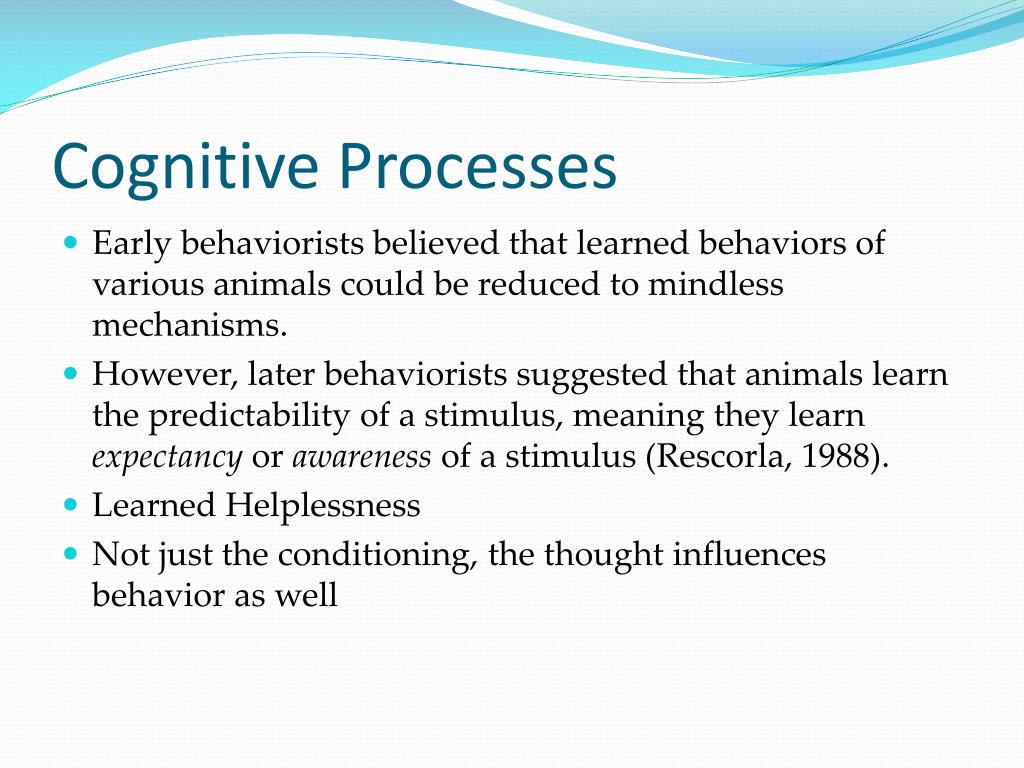

It is important that the cause of self-injurious behaviour in individuals with CdLS be identified. Self-injurious behaviour in CdLS may be a sign of or response to pain and has been associated with common medical conditions in CdLS, such as gastrointestinal problems, ear infections, constipation, dental disease or hip problems. These behaviours may develop into self-injurious behaviour over time ( 157). Some behaviours shown in CdLS can be identical to self-injurious behaviour but do not cause any bodily damage. Self-injurious behaviour is common in individuals with CdLS and includes behaviours such as self-hitting, head banging or self-biting ( 156), although it is not an inevitable consequence of the syndrome. Self-injurious behaviour refers to non-accidental behaviours that have the potential to cause damage, such as reddening of the skin, bruising, bleeding, hair loss, etc. Additional developmental and educational support should be provided to individuals with CdLS to reach their maximum cognitive and educational potential, taking into account their specific cognitive impairments ( R51, R52, R53). Cognitive strengths and weaknesses should be assessed in order to design personalised educational and interventional programmes that should include specific goals for the individual. To enhance independence in CdLS, it is important to increase adaptive skills throughout the lifespan. Individuals with CdLS often use a number of non-verbal strategies to communicate, for example, social approach and pushing a person’s hand away. Expressive communication skills (ability to express oneself) are usually significantly more impaired than receptive language skills (ability to understand communication). Many individuals with CdLS do not develop verbal communication skills. This means that many children and adults with CdLS will need help with daily tasks, such as washing and dressing. Individuals with CdLS demonstrate difficulties in adaptive behaviour across the lifespan. Adaptive behaviours include life skills such as dressing, grooming, food handling, safety, making friends, communication, cleaning, managing money and ability to work. Adaptive behaviour in CdLSĪdaptive behaviours are age-appropriate behaviours that people need to function well in daily life and live independently. Interventions should address individual’s sensory needs in order to enhance development and participation in daily living ( 146). Hyper- and hyposensitivity and other sensory processing difficulties should be assessed, and support strategies should be implemented in individuals with CdLS throughout their lifespan ( R50). Individuals with CdLS who also have an autism spectrum disorder (ASD) may have low sensory thresholds ( 141) and defensive responses towards sensory stimuli ( 147). For example, gastrointestinal problems and other organ issues can lead to anxiety, mood disorders and self-injury. In addition to hypo- and hypersensitivity, there can be confusion or fixation on sensory stimuli. Individuals with CdLS usually experience difficulties in sensory processing ( 145), regardless of their level of intellectual disability ( 146). However, some executive functions, such as inhibition (stopping a behavioural or verbal response) may be relative strengths in CdLS ( 140). Usually, these difficulties affect individuals’ mental flexibility (ability to shift thoughts or attention) and visual short-term memory ( 139). Individuals with CdLS may have specific difficulties in executive functions. Executive FunctionĮxecutive function is a term that refers to brain-based processes that control and regulate our behaviour. The type of NIPBL mutation does not seem to be associated with the level of intellectual disability ( 11, 26, 137), although missense mutations ( single small mutations) have been noted to produce less severe effects, however individuals with an NIPBL mutation can also have mild intellectual disability ( 138).

Research has suggested that individuals with CdLS caused by an NIPBL mutation usually function at a lower level than individuals with CdLS caused by a mutation in another known CdLS gene, SMC1A ( 3). Most individuals with CdLS have moderate to severe intellectual disability and a small number have mild intellectual disability.


 0 kommentar(er)
0 kommentar(er)
